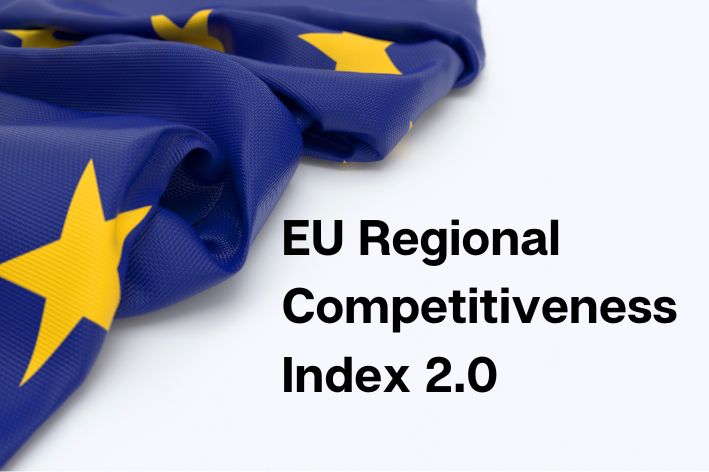The European Commission has published the Regional Competitiveness Index (RCI), a fully revised version of a long-established tool that measures different competitiveness dimensions for all EU regions. The fully revised RCI 2.0 shows that there are still large differences between EU regions, but also that the less developed regions have been improving their competitiveness. The regions of Utrecht, Zuid-Holland and the French capital region of Île-de-France are now the most competitive regions in the EU.
Between the 2016 and the 2022 editions of the index, regional competitiveness has improved in the less developed regions, while the performance of transition regions has been more mixed. More developed regions continue to be the top performers. The lowest values are, nonetheless, still concentrated in the less developed regions of the eastern EU Member States.
All the regions in eastern EU Member States improved their performance between the 2016 and the 2019 editions, while the performance in the southern EU regions, which also present relatively low levels of competitiveness, was mixed. Between the 2019 and 2022 editions, most eastern EU regions continued to catch up, including in the Baltic States, Croatia, Hungary, Poland, and Slovenia. However, parts of Czechia, Romania, Slovakia, and Bulgaria moved further away from the EU average.
The results of the RCI 2.0 show how EU regions still need EU support to improve their competitiveness and narrow gaps between them. Cohesion Policy is the European Union’s main investment policy to support regions when it comes to job creation, business competitiveness, economic growth, sustainable development, and to improve citizens’ quality of life.
It has an interactive tool where you can visualise the performance of all regions in a country, for the overall index, its sub-indices and pillars or compare with EU or country average.
